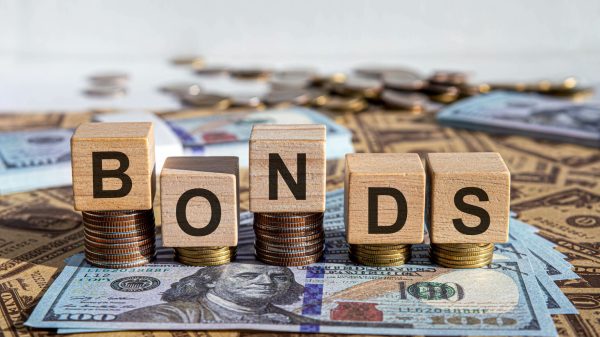U.S. gasoline prices have continued to rise this summer, and a production cut by Saudi Arabia aren’t doing U.S. drivers any favors.
Saudi Arabia on Thursday said it would continue that cut, extending a 1 million barrel-a-day reduction through September, while adding that it could be “extended, or extended and deepened.” The cuts first took effect in July and were already set to run through August.
“Definitely this is another factor that’s going to push [gasoline] prices up,” said Phil Flynn, analyst at Price Futures Group, in a phone interview, noting that pump prices have been driven up by “everything from refining issues to better-than-expected demand.”
Earlier: Why are gas prices going up again? Brace for further increases, analysts say
Oil futures bounced Thursday, reclaiming ground lost the previous session after a downgrade of the U.S. sovereign credit rating by Fitch Ratings dented market sentiment. Brent crude
BRN00,
the global benchmark, rose $1.94, or 2.3%, to settle at $85.14 a barrel on ICE Futures Europe. West Texas Intermediate crude
CL00,
CL.1,
gained $2.05, or 2.6%, to close at $81.55 a barrel on the New York Mercantile Exchange.
The impact of Saudi production cuts on U.S. prices isn’t necessarily intuitive. After all, Saudi Arabia accounted for just 7% of U.S. crude imports in 2022, according to the Energy Information Administration.
But it does matter. That’s because oil prices “are driven by global fundamentals, not U.S.-centric developments,” explained Matt Smith, lead analyst for the Americas at Kpler, in a phone interview.
Saudi Arabia taking an additional 1 million barrels a day off the market tightens the global supply of crude. That means typical buyers of Saudi crude may have to look elsewhere to fill their needs. That puts upward pressure on global price benchmarks like Brent and West Texas Intermediate crude.
The big cut by Saudi Arabia and reductions by OPEC+ members, including Russia, this summer have been cited as a driver in the rally in crude prices. WTI is up around $15 from its late June lows. A general rule of thumb is that every $10 rise in the price of a barrel of crude translates into a roughly 25 cent increase in the average U.S. gasoline price, Smith noted.
The move in pump prices has been roughly in line with the average price rising from $3.535 a gallon a month ago to $3.821 a gallon on Tuesday, according to AAA.
Refinery outages, some tied to extreme heat, have added to the rise in gasoline prices, analysts said.
Meanwhile, Saudi Arabia’s warning that cuts could be extended or deepened indicated the kingdom’s willingness to sacrifice sales in an effort to hold up prices, Smith said. A pledge by Russia to cut exports by 300,000 barrels a day through September, on top of earlier production cuts, reinforced the message.
Meanwhile, OPEC+’s embrace of Russia has added to tensions between the Biden administration and Saudi Arabia.
Now, with U.S. retail gasoline prices rising, “we expect the energy shuttle diplomacy between Washington and Riyadh to accelerate in the coming months,” said Helima Croft, head of global commodity strategy at RBC Capital Markets, in a note.
Even with the U.S. Energy Department pausing crude buybacks for refilling the Strategic Petroleum Reserve, “Washington will still have to fall back on the long-running strategy of calling the Kingdom if prices continue to move higher; especially with the election season set to commence in earnest,” she wrote.
Read the full article here








